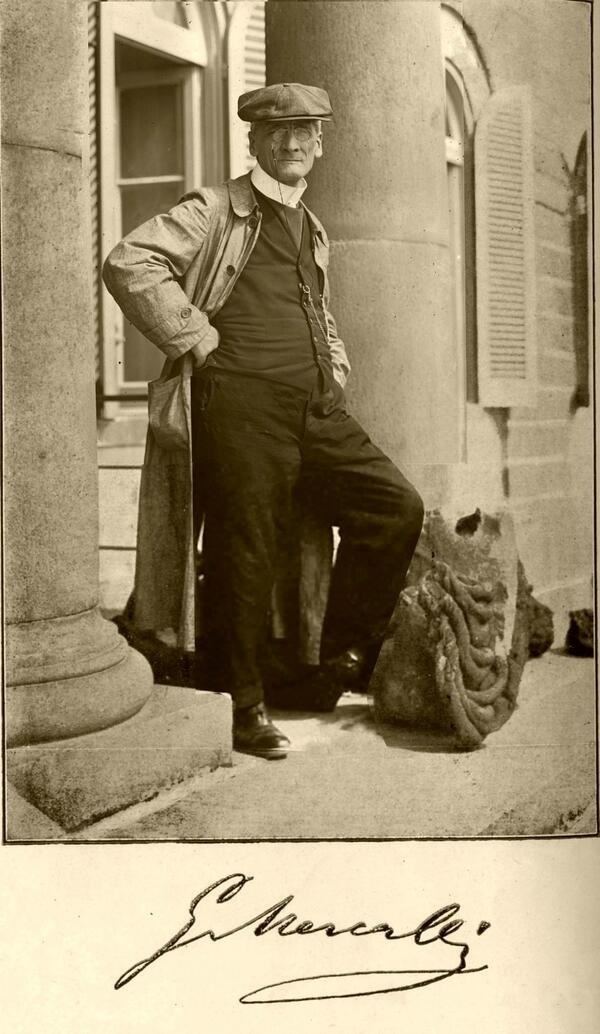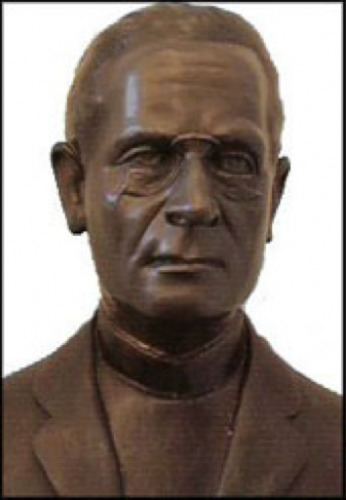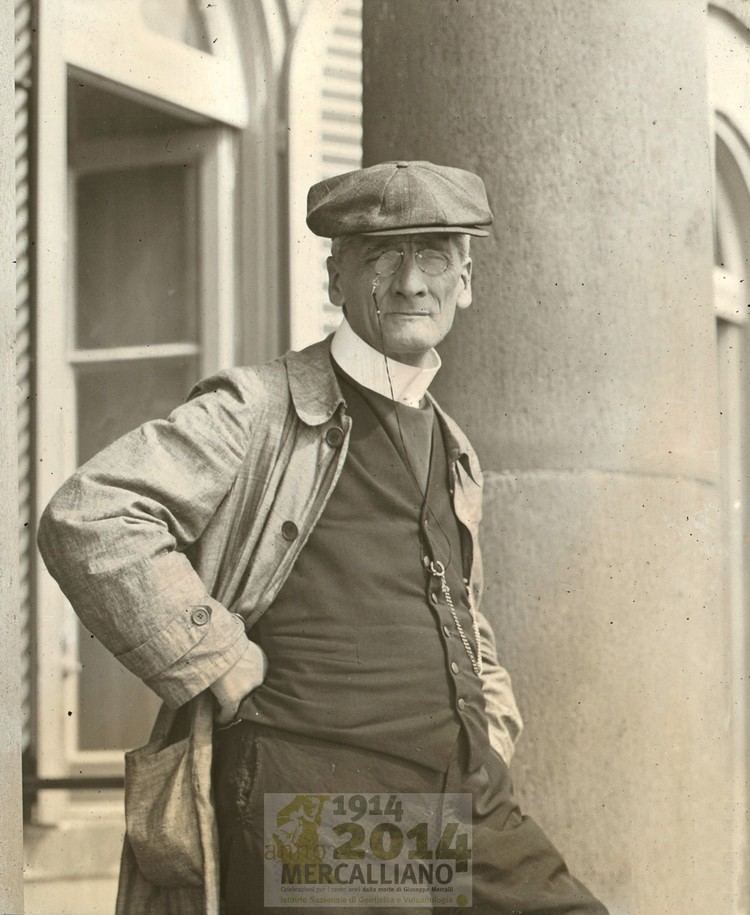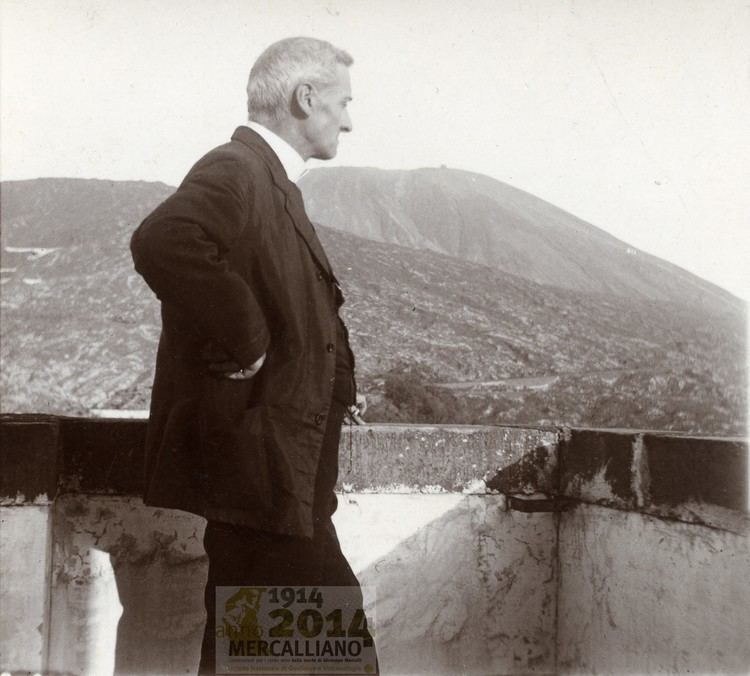Nationality Italian Name Giuseppe Mercalli | ||
 | ||
Known for Mercalli intensity scale Died March 19, 1914, Naples, Italy | ||
Rayappa Kasi Vulcanian Type, Earth Series 18, Vellore Diocese, India
Giuseppe Mercalli (May 21, 1850 – March 19, 1914) was an Italian volcanologist and Catholic priest. He is best remembered for the Mercalli intensity scale for measuring earthquakes.
Contents
- Rayappa Kasi Vulcanian Type Earth Series 18 Vellore Diocese India
- Biography
- Intensity scales
- References

Biography

Born in Milan, Mercalli was ordained a Roman Catholic priest and soon became a professor of the Natural Sciences at the seminary of Milan. The Italian government appointed him a professor at Domodossola, followed by a post at Reggio di Calabria. He was professor of geology at the University of Catania in the late 1880s and finally was given a post at the Naples University. He was also director of the Vesuvius Observatory until the time of his death.

He is best remembered for the Mercalli intensity scale for measuring earthquakes which, in modified form, is still used today. Unlike the Richter magnitude scale, which measures the energy released by an earthquake, the Mercalli intensity scale measures the subjectively assessed effects of an earthquake. It is poorly suited for measuring earthquakes in sparsely populated areas but ideal for comparing damage done by various tremors, and is useful in earthquake engineering. The scale in use today assigns indices ranging from I - "Not felt, except by a few under favorable conditions", to XII - "Damage total; objects thrown into the air."

Giuseppe Mercalli also observed eruptions of the volcanoes Stromboli and Vulcano in the Aeolian Islands. His descriptions of these eruptions became the basis for two indices in the Volcanic Explosivity Index: 1 - Strombolian eruption, and 2 - Vulcanian eruption. He also photographed Vesuvius immediately after its eruption in 1906.

In 1914, Mercalli burnt to death under suspicious circumstances, allegedly after knocking over a paraffin lamp in his bedroom. He is thought to have been working through the night, as he often did (he once was found working at 11 a.m. when he had set an examination, upon hearing which he replied, “It surely can't be daylight yet!”), when the fatal accident occurred. His body was found, carbonized, by his bed, holding a blanket which he attempted to use to fend off the flames. The authorities, however, stated a few days later that the professor was quite possibly murdered by strangling and soaked in petrol and burned to conceal the crime because they determined that money now worth about $1,400 was missing from the professor's apartment.
Intensity scales

Mercalli devised two earthquake intensity scales, both modifications of the Rossi–Forel scale. The first, now largely forgotten, had six degrees whereas the Rossi–Forel scale had ten. The second, now known as the Mercalli intensity scale, had ten degrees, and expanded on the descriptions in the Rossi–Forel scale.
Italian physicist Adolfo Cancani expanded the ten-degree Mercalli scale with the addition of two degrees at the top of the scale: XI (catastrophe) and XII (enormous catastrophe). This was later completely rewritten by the German geophysicist August Heinrich Sieberg and became known as the Mercalli–Cancani–Sieberg (MCS) scale. This was modified and published in English by Harry O. Wood and Frank Neumann in 1931 as the Mercalli–Wood–Neumann (MWN) scale. It was later improved by Charles Richter, developer of the Richter scale. The scale is known today as the Modified Mercalli intensity scale (MM or MMI).
